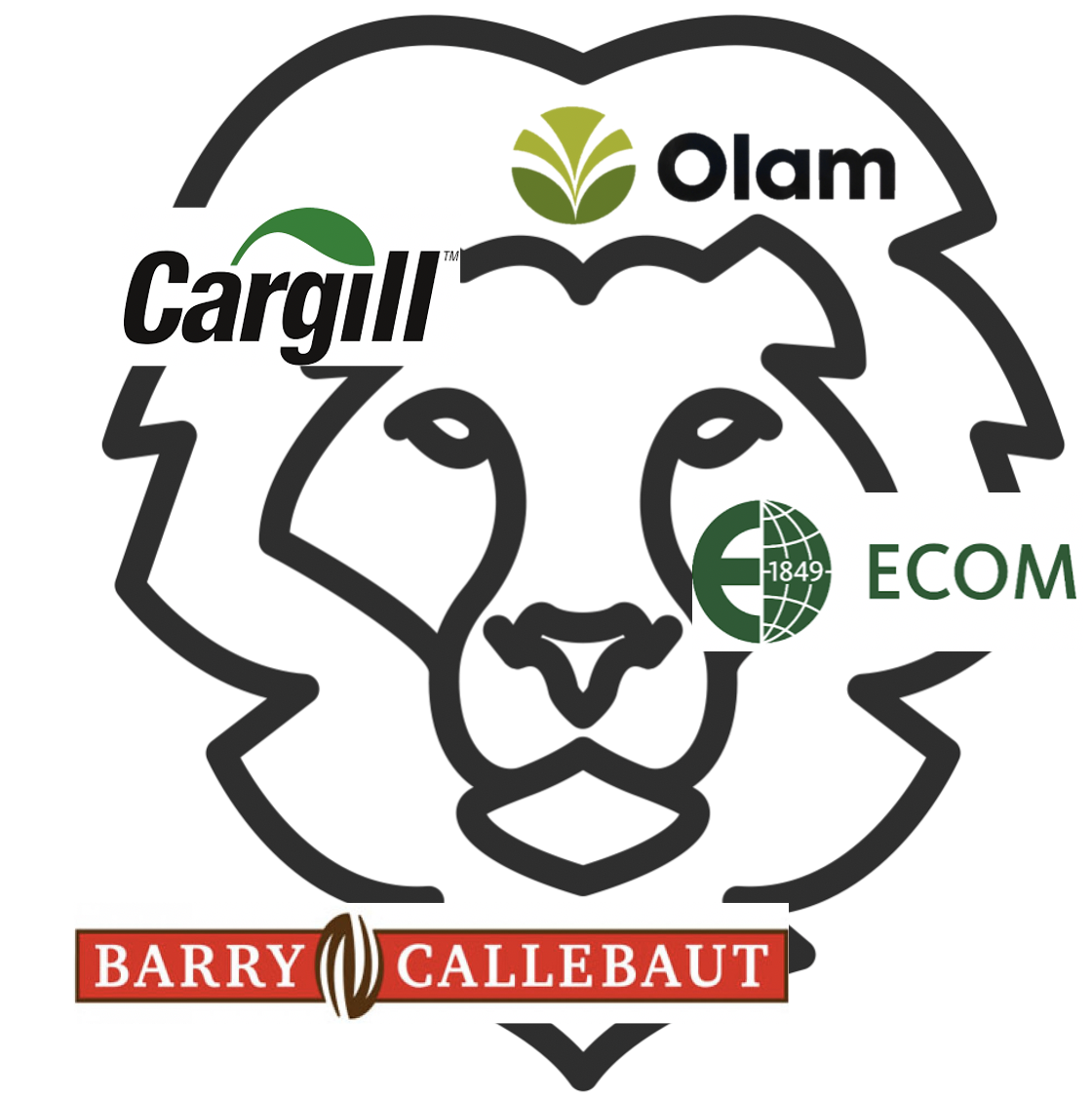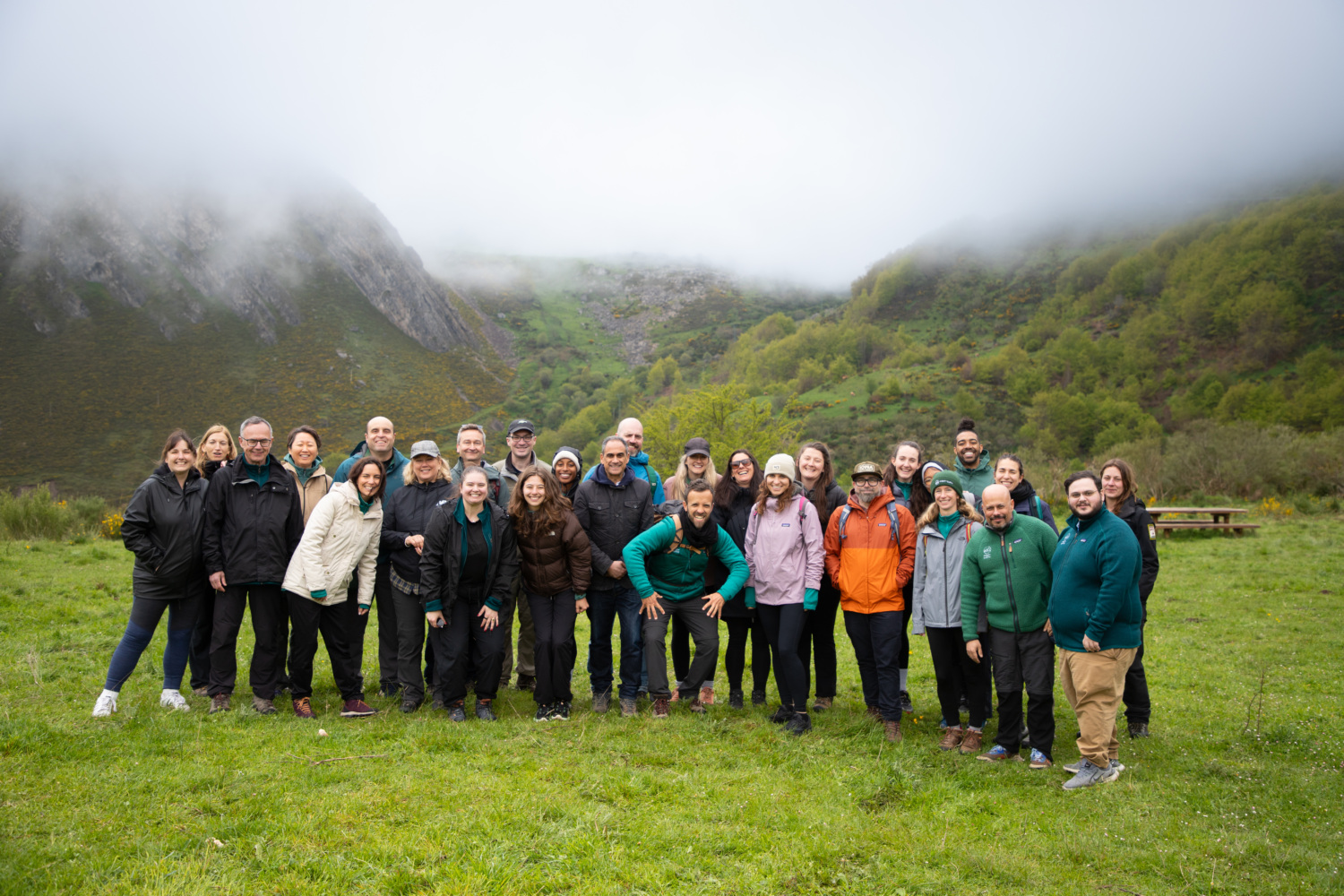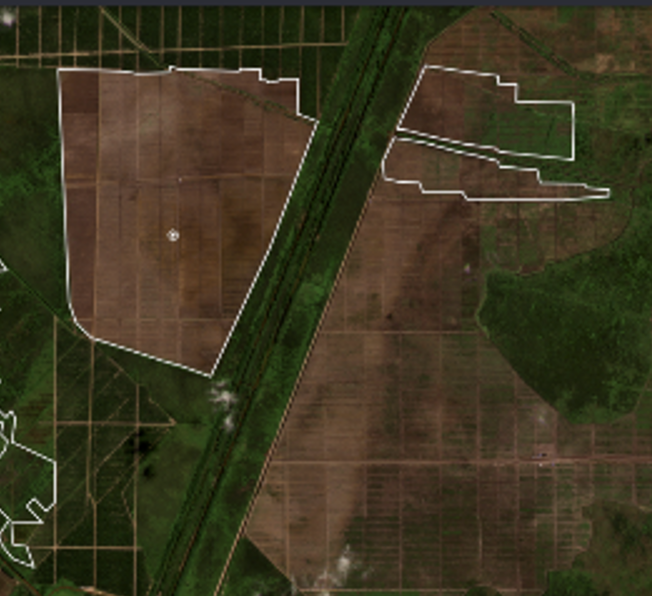
U.S. Cocoa Imports: Secretive mega-traders get the lion’s share.
Mighty Earth and Stand.Earth partnered together to undertake preliminary cocoa supply chain research to improve our understanding of how cocoa enters the U.S.—the biggest chocolate market in the world. Though the results confirm a lot we know already, some new revelations are stunning. Our findings uncovered a damning story of the action of a few dominant traders, the secrecy in cocoa/chocolate imports, an international web of opaque cocoa-laundering, and a cover-up of corporate value captured from poor producer countries.
These results are from the analysis of vessel tracking and American vessel manifest data from January to October 2020, using various algorithms to clarify the data. We focused on American imports of cocoa from four major cocoa-producing countries: Ghana, Cote d’Ivoire, Ecuador, and Peru.
Patterns of exploiting cocoa farmers continue: Our research exposes the extent to which cocoa-producing countries are losing substantial revenue by not exporting directly to consumers, and by exporting raw materials rather than processed cocoa products. This is due to post-colonial models of exploitation of the Global South by predatory Western corporations, unfair trade deals dictated by former colonial powers, and a failure of governance, commitment, and development by cocoa-producing governments. Large volumes of Ivorian and Ghanaian cocoa beans are sold to the U.S. via Belgium and Spain, meaning that revenue and profits that could go to farmers are diverted to foreign traders instead.
This also extends to grinding capacity ownership. Cote d’Ivoire’s grinding capacity is considerably large—16 percent in 2019—but much of its installed grinding capacity is owned by foreign companies. Although grinding cocoa beans brings more value to the country, capital flight drains most of this revenue from the country. Ghana mostly sells cocoa beans, but comparatively, gains more from the trade due to its less liberalized market where the regulators action reduces the negative market shocks.
The EU exports cocoa into the U.S.: 43 percent of cocoa beans from Ghana and Cote d’Ivoire pass through Europe—specifically Spain and Belgium—often re-exported without any value addition. This tells us that whatever the EU decides on cocoa sustainability will have a massive impact on American cocoa trade policy, and vice versa.
Other cocoa laundering countries – Panama and Columbia: Large amounts of Peruvian and Ecuadorian cocoa funnel through Panama and Colombia into the U.S. Yet Panama has never made any sustainable cocoa commitments, has no traceability or transparency goals for cocoa, and is not yet appropriately scrutinized as a major cocoa player. The sustainability of Panama’s cocoa industry must be re-examined, and a “Cocoa & Forests Initiative” (CFI) for Panama would be a good start. Colombia has already taken steps with its own “Cocoa, Forests and Peace Initiative” to reform its sector. Our research points to one clear conclusion: this initiative should now cover all cocoa that passes through, not just what Colombians grow.
The irony of traceability: Traceability sheds light on where cocoa comes from to address problems at the farm level, but it also needs to show where cocoa products go. Besides the murkiness of traceability or re-exported cocoa from Europe, there are widespread omissions and normalized errors in American import data. What should be seen in vessel manifest data is often missing or difficult to trace, because shipper and consignee information is removed. Our research shows such a pattern and practice of obfuscation that we must now ask, “What are the importers hiding?” In 2020, 40 million kilos of untraceable chocolate products entered the U.S. The U.S. government must revise its systems to ensure that cocoa becomes traceable to the companies involved in the actual transaction, not just forwarding companies. This means that American data on imports and exports must dramatically improve, and chocolate companies should be obligated by the U.S. authorities to disclose their entire global supply chains at both ends, not just their suppliers.
The EU is far behind on importer-side traceability: While U.S. customs manifest data needs to greatly improve, the EU has a long way to go. Currently, the data ends at the EU ports. The EU’s opaque systems of customs manifest data facilitate concealment of crimes, thus there is no way to trace cocoa from producer countries to processors or manufacturers. This lack of transparency is unacceptable for a major cocoa consumer block like Europe. The EU must urgently reform its customs data to bring it in line with best practices on commodity transparency. France has recently set a new model with reforms for transparency around customs data, which the rest of the EU ought to emulate.
The trader’s trick to hide: While beans get sold in vast bulk shipments through integrated supply chains like Olam and Cargill, finished chocolate goes from a wide variety of manufacturers to what seems at first glance to be a wide variety of consignees. A closer look reveals, however, that these are often different iterations of the company name. For instance, we found 35 versions of the name of the world’s largest cocoa trader called ‘Barry Callebaut’ — breaking up the volume across a variety of businesses so that the full size of its monopolies or value of its trade is hidden. After delving into all the versions of names, our research clearly shows how the biggest cocoa traders—Barry Callebaut, Olam, ECOM, Sucden, and Cargill—are running the show. We were even able to pierce through the fog to show how ECOM is the biggest trader of cocoa beans into the U.S., though it masquerades amongst other things behind the name Atlantic Specialty Coffee. If Barry Callebaut, Cargill, Olam, Sucden, ECOM, and other cocoa trading companies are serious about traceability, they should solve this data challenge of nomenclature immediately, with or without American regulatory action. America’s largest grinder, Blommer, is conspicuously absent from the consignee space and delivers little or no data on its website to guarantee traceability. If they have nothing to hide, they should publish their names properly on all their transactions–no more games.
Where do we go: Our research underscores how the Biden administration must act decisively to advance cocoa sustainability and bring together chaotic, siloed, and disparate engagement various government agencies. The U.S. should also seriously consider establishing an “ISCO.” The multi-stakeholder platform could bring together the appropriate federal government agencies, NGOs, chocolate manufactures, and cocoa traders together to strengthen the cocoa industry’s traceability, transparency, and sustainability. Legislatively, regulation to restrict imported deforestation is long overdue for chocolate and other commodities. And beyond passing legislation, the U.S. must regularly engage with cocoa-producing countries to improve governance and strengthen the voices of farmers and local civil society in cocoa discussions.


